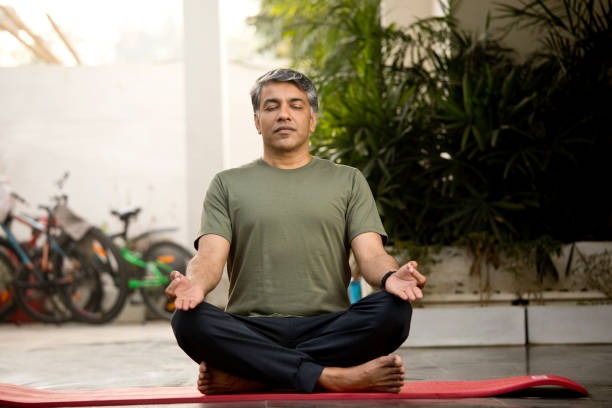Emotional grounding exercises are practical techniques designed to help individuals regain control over their emotions and achieve a peaceful state of mind. These exercises focus on bringing attention away from distressing thoughts or overwhelming feelings and redirecting it toward the present moment. When practiced regularly, they can reduce anxiety, improve emotional regulation, and enhance overall well-being.
One effective approach involves using the five senses to anchor oneself in reality. This method encourages noticing details in the immediate environment by consciously observing what you see, hear, touch, smell, and taste. For example, identifying five objects around you visually or listening carefully to ambient sounds helps shift focus away from negative emotions. Engaging with sensory experiences grounds the mind in tangible reality rather than abstract worries.
Breathing techniques also play a vital role in emotional grounding. Taking slow, deep breaths activates the parasympathetic nervous system which promotes relaxation and counters stress responses. A simple exercise is inhaling deeply through the nose for a count of four seconds, holding briefly, then exhaling slowly through the mouth for six seconds. Repeating this cycle several times calms both body and mind by reducing heart rate and muscle tension.
Physical movement can further support grounding efforts when emotions feel intense best CBD oil Canada or overwhelming. Gentle activities such as stretching arms overhead or pressing feet firmly into the ground reconnect one with bodily sensations that stabilize mental states. Even walking slowly while paying close attention to each step reinforces awareness of being physically present rather than mentally lost in turmoil.
Another useful technique is labeling emotions without judgment as they arise during stressful moments. Simply naming feelings like “anger,” “fear,” or “sadness” acknowledges them without allowing these emotions to dominate thoughts uncontrollably. This practice creates psychological distance between oneself and emotional reactions making them easier to manage calmly.
Visualization can complement other methods by imagining a safe place or comforting scene where peace prevails whenever distress occurs. Picture yourself sitting beside a calm lake or resting under a large tree surrounded by quiet nature sounds; this mental image provides refuge from internal chaos until equilibrium returns.
Incorporating these emotional grounding exercises into daily routines builds resilience against stressors that disrupt peace of mind over time.















